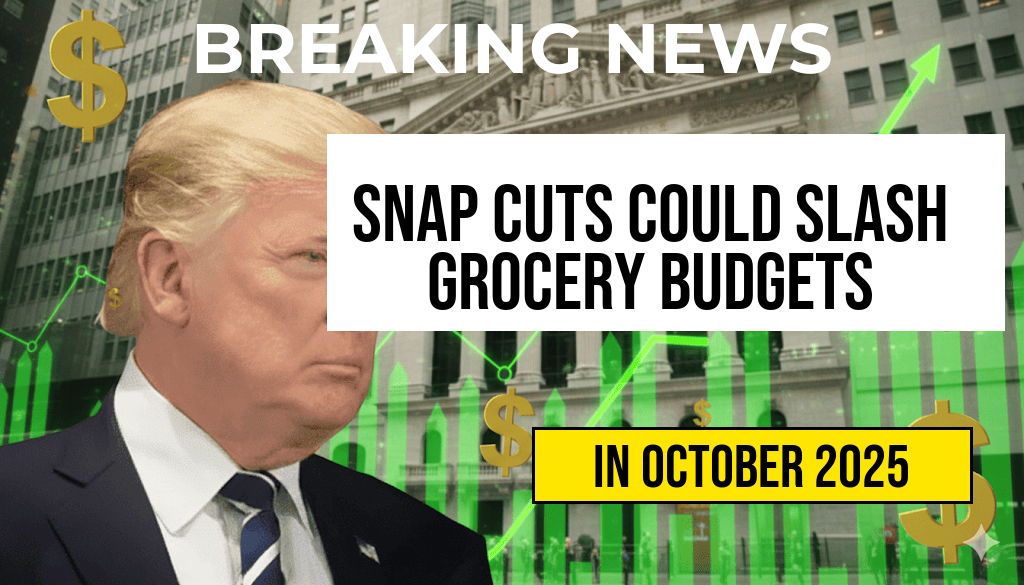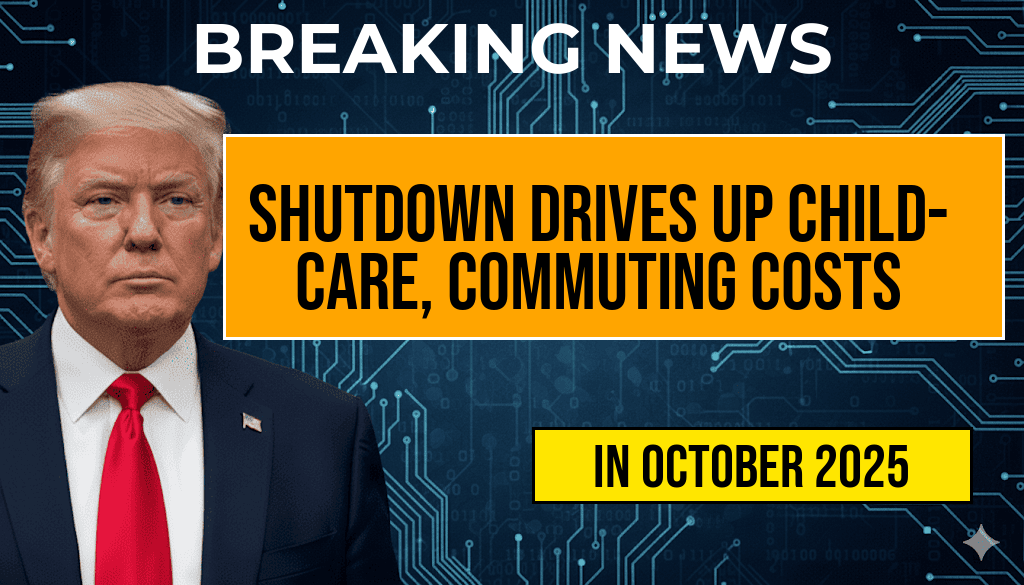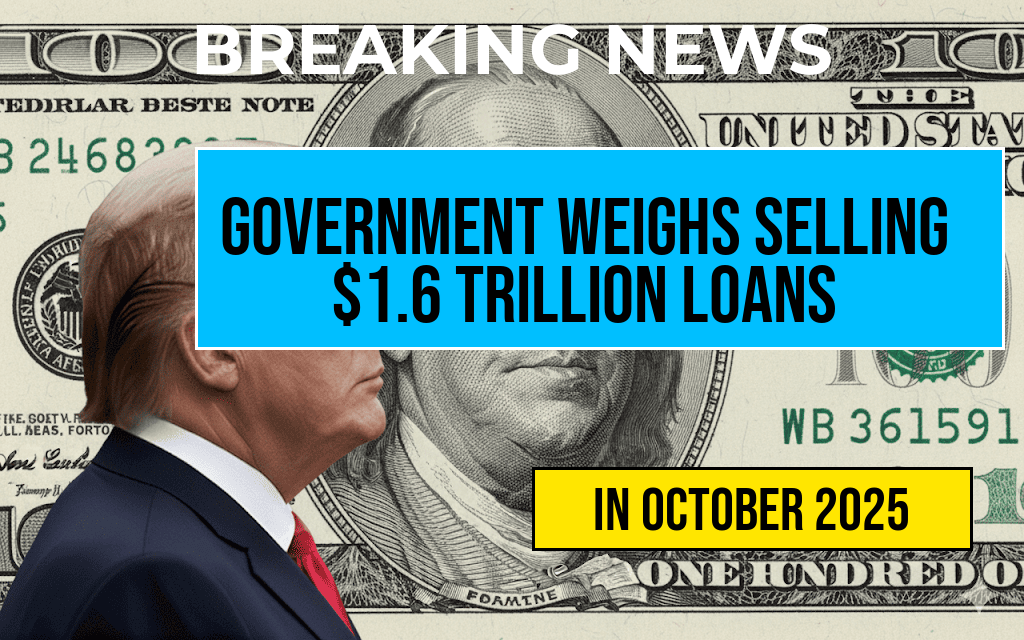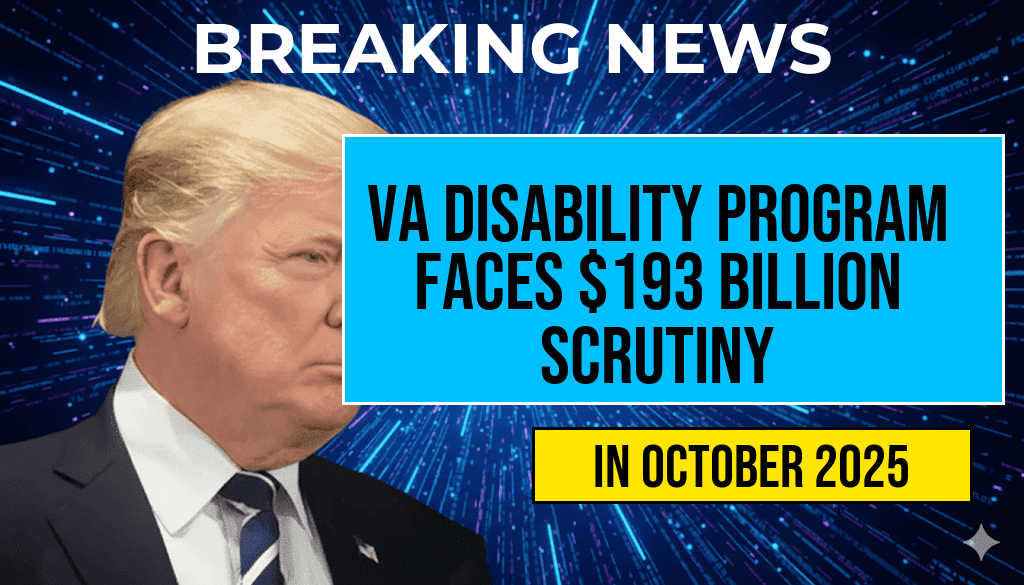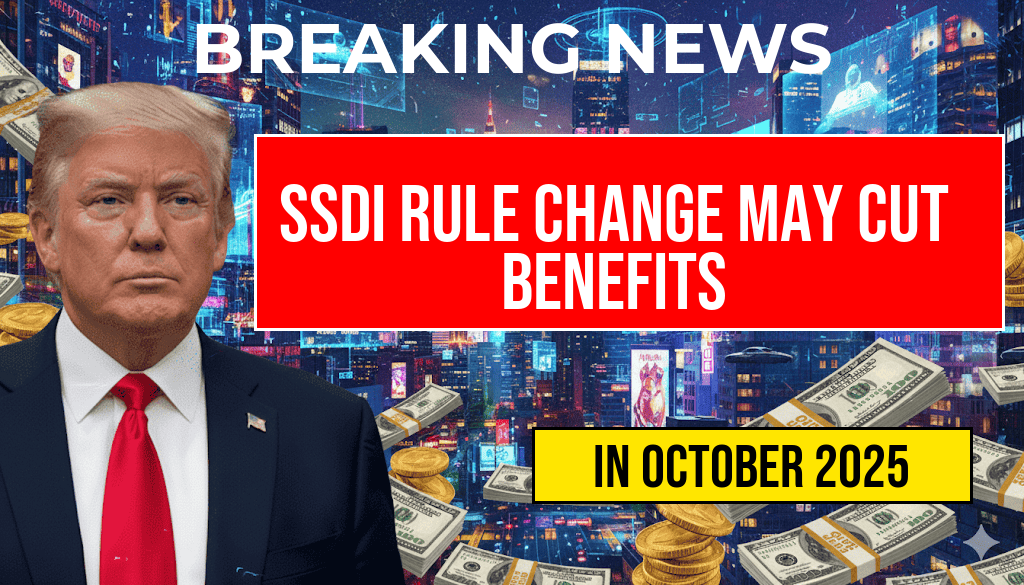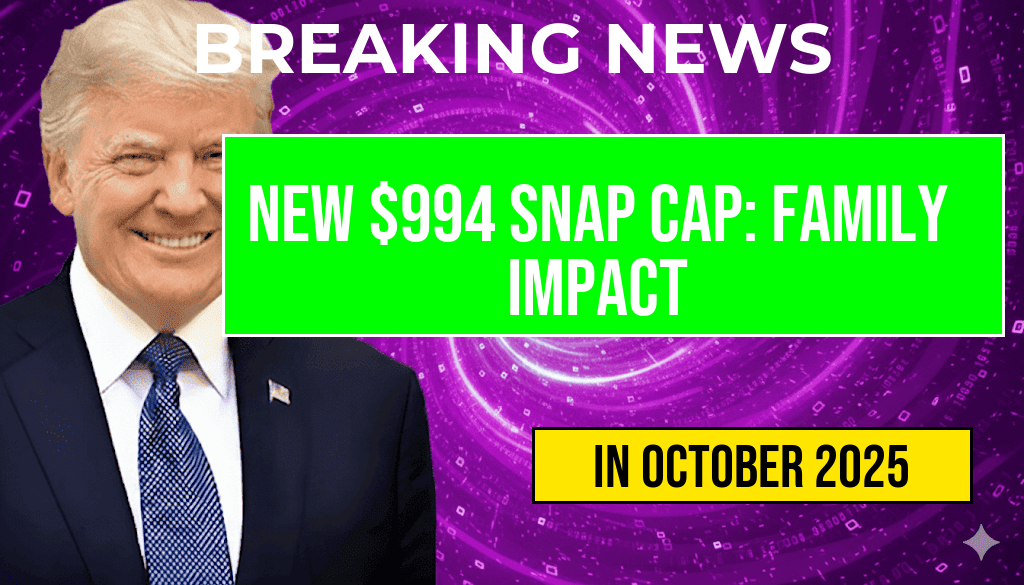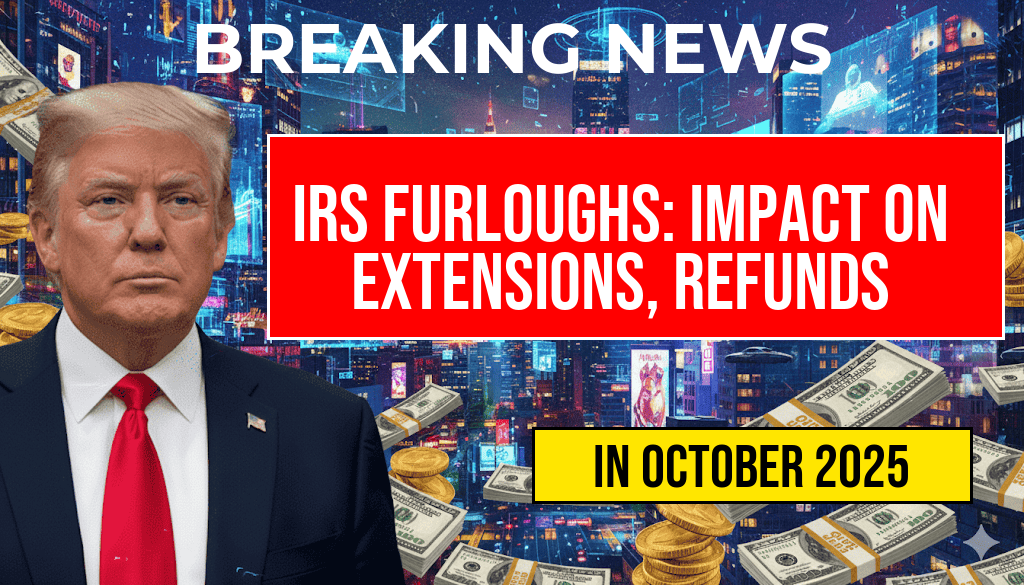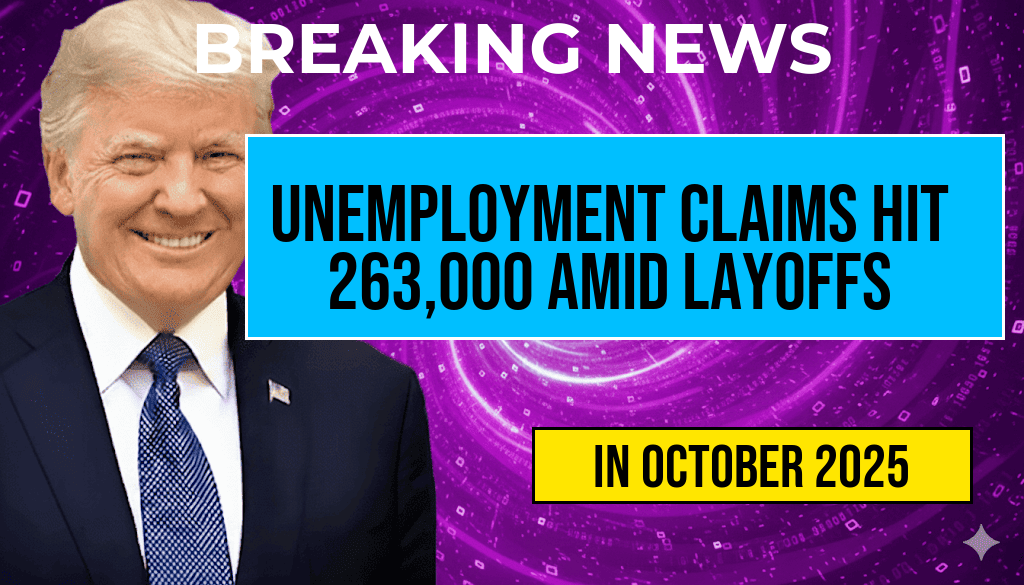The federal government is exploring the possibility of selling its extensive portfolio of student loans, valued at an astonishing $1.6 trillion. This move comes as part of a broader effort to address the growing concerns surrounding the student debt crisis in the United States. With approximately 43 million borrowers currently impacted, the proposed sale could significantly reshape the landscape of federal student loans, potentially shifting the burden of repayment from the government to private entities. As discussions gain momentum, policymakers are weighing the implications of such a decision, including how it would affect borrowers, the economy, and the future of education financing.
Understanding the Federal Student Loan Portfolio
The federal government has been a key player in student loan financing since the 1960s, providing loans to millions of students seeking higher education. Currently, the U.S. Department of Education holds a vast portfolio of loans that includes both subsidized and unsubsidized options. These loans are designed to help students cover tuition and other educational expenses, but they have also contributed to an unprecedented level of national student debt.
Current Landscape of Student Debt
As of 2023, the total student loan debt in the United States has reached approximately $1.6 trillion, making it the second-largest category of consumer debt after mortgages. The burden of this debt has led to significant financial strain for borrowers, affecting their ability to purchase homes, save for retirement, and invest in their futures. Many borrowers are currently in forbearance or deferment, particularly due to the COVID-19 pandemic, which has temporarily halted federal student loan payments.
Potential Implications of Selling the Portfolio
The proposal to sell the federal student loan portfolio raises several critical questions about its impact on borrowers and the economy. Here are some key points being considered:
- Impact on Borrowers: If the loans are sold to private companies, borrowers may face changes in repayment terms, interest rates, or customer service practices. Concerns about the potential for increased costs and reduced flexibility have emerged among advocacy groups.
- Market Reactions: Financial markets may respond positively or negatively to the sale, depending on how it is structured. Investors may view it as an opportunity, while others may worry about the risks associated with the collection of such a massive amount of debt.
- Government Revenue: Selling the portfolio could generate significant revenue for the federal government, potentially allowing for reinvestment in education or debt relief programs.
Advocacy and Opposition
Opponents of the sale argue that privatizing student loans could lead to a profit-driven approach that prioritizes financial gain over the educational needs of students. Advocacy groups emphasize the importance of maintaining affordable access to education and ensuring that borrowers are not further burdened by profit-oriented lenders.
Government’s Stance and Future Steps
The Biden administration has been vocal about addressing the student debt crisis, with various proposals aimed at providing relief to borrowers. However, the sale of the federal loan portfolio represents a significant shift in strategy. As discussions progress, the government is expected to engage with stakeholders, including borrowers, educational institutions, and financial experts, to assess the potential risks and benefits of this decision.
Next Steps for Borrowers
For borrowers, the uncertainty surrounding the potential sale of the loan portfolio raises important questions about their future financial obligations. Here are steps borrowers can take to prepare:
- Stay Informed: Keep abreast of any announcements from the Department of Education regarding the status of the loan portfolio and how it may affect repayment terms.
- Explore Options: Consider reviewing repayment options, including income-driven repayment plans, which may provide more manageable terms depending on future changes.
- Advocate for Change: Engage with advocacy groups that represent borrower interests, ensuring that voices are heard in the discussion about the future of student loans.
Conclusion
The federal government’s consideration of selling its $1.6 trillion student loan portfolio marks a pivotal moment in the ongoing discourse surrounding student debt in the United States. As officials weigh the potential ramifications, the outcome will undoubtedly have far-reaching effects on millions of borrowers and the future of education financing in the nation. For further information on the state of student loans, you can visit Forbes and Wikipedia.
Frequently Asked Questions
What is the current status of the federal government’s $1.6 trillion student loan portfolio?
The federal government is considering the possibility of selling its $1.6 trillion student loan portfolio as part of a broader strategy to manage rising debt levels and address challenges in the student loan system.
How would selling the student loan portfolio affect borrowers?
If the government sells the student loan portfolio, it could potentially change the terms and conditions of the loans for borrowers, including repayment options and interest rates, depending on the policies of the new loan servicer.
What are the potential benefits of selling the student loan portfolio?
By selling the student loan portfolio, the government could alleviate some financial burdens, reduce exposure to default risks, and possibly reinvest the funds into more effective education financing programs.
Could this sale impact the ongoing student loan forgiveness programs?
The potential sale of the portfolio may complicate existing student loan forgiveness programs, as new loan servicers may not honor previous agreements or regulations related to loan discharges and forgiveness eligibility.
What alternatives are being considered instead of selling the portfolio?
Alternatives to selling the student loan portfolio include restructuring existing loans, increasing funding for college affordability initiatives, and implementing more robust income-driven repayment plans to assist borrowers.


